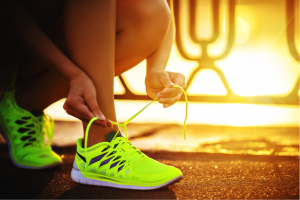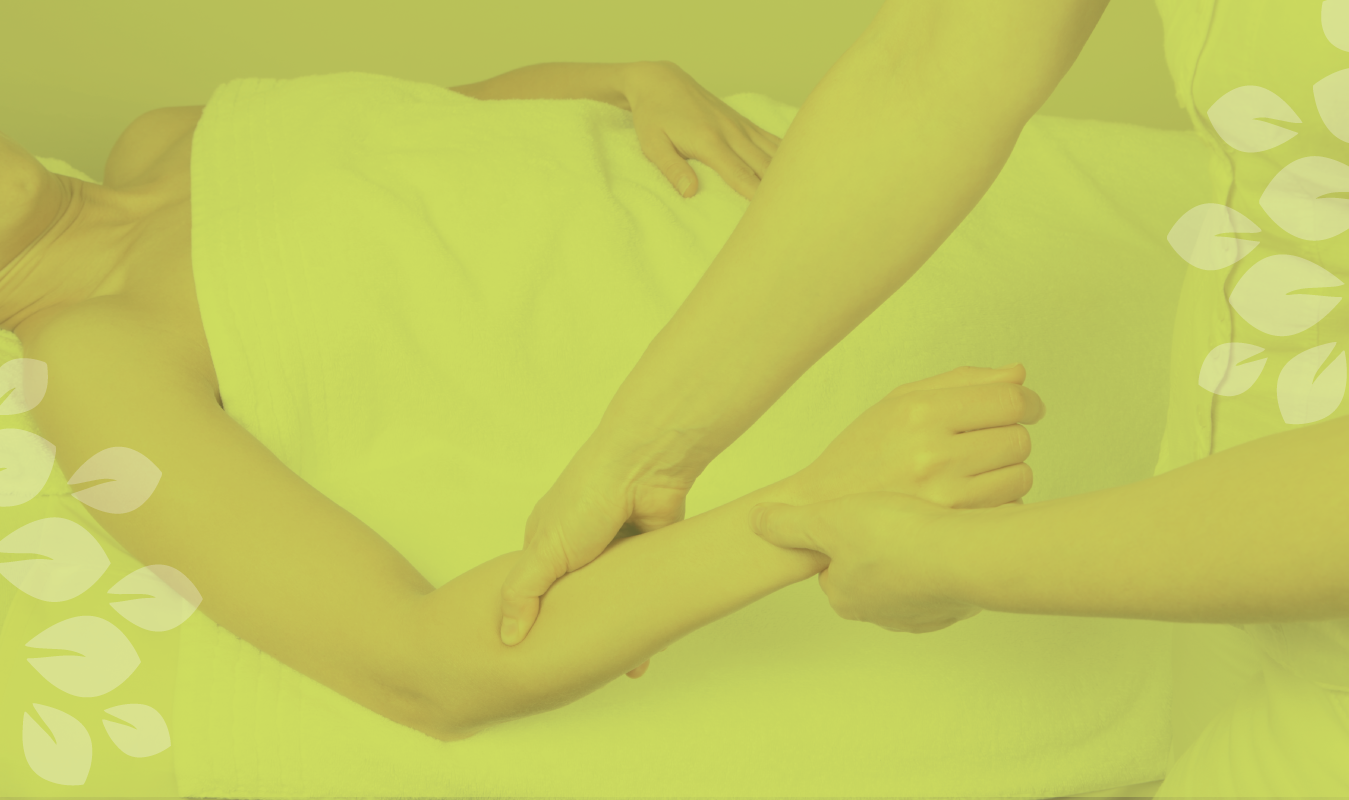28 May Athletic Shoe Prescription
HOW TO BUY THE RIGHT RUNNING SHOES
The prescription of athletic footwear has been a complex and confusing area for both practitioners and patients alike. Varied methods of prescriptions have been used in clinics and running shoe shops with varied success. Over the past 30 years there has been a shift in the industry from motion controlling shoes to minimalist shoes to maximalist shoes. All sides have staunchly defended their preferred style, but little evidence has been produced to back up their claims. So what is the bet type of footwear to get for me? Here we will look briefly at various methods and determine a prescription and the success so far.
Background to athletic shoe prescription:
Originally proposal from athletic footwear industry was shoes prescribed based on patients arch height. Cushioning shoes were developed for runners with high arched rigid feet; neutral shoes were available for runners with neutral foot mechanics. Motion control shoes were intended for runners with flat feet and control of rearfoot and midfoot pronation. Prescribing shoes based on arch height is not sufficient grounds for basing your prescription on. Most shoe manufacturers supply shoes for specific poor mechanical patterns e.g. supination or overpronation, arch height etc. the problems exist that there is very little consensus on what is overpronation or oversupination, so how can you develop running footwear for something that is so varied in each runner.
We know that pronation is an important factor in efficient gait cycle and by altering this without sufficient reasoning why, this can lead altering runners gait cycle and run the risk of increasing injury tendency.
- Heel: your heel should fit snugly, but not tight. Lace up shoes but not tied just yet. You should be able to slide your feet out, lacing up shoes fully minimises slippage of foot in shoe. Any slippage will cause irritation once you start to run.
- Instep: a shoe should feel snug and secure around your foot s arch. If you feel pressure or tightness you need more space.
- Width: your foot should be able to move side to side in the shoes forefoot and not crossing over insole at edges. You should be able to pinch a quarter of inch along the upper part of material at the widest part of shoe.
- Length: feet swell and lengthen during running. Make sure there is a thumbs width between your big toe and the tip of the shoe. Have a friend or fitter in shoe shop do this for you. Your toes should be free to wiggle in shoes.
- Flexibility: check if the shoes have flexibility. Take hold of shoe at heel and at top of shoes and bend the toe area to assess how flexible they are. The shoe should crease along the toe line in line with your foot when flexing.
- Try then out on a treadmill or walk or jog around shop.
Conclusion:
Forget the hyped up reports that you have heard promoting injury reduction and increase of performance based on foot type. Most running shops offer biomechanical assessment, assessing where you distribute weight on feet and then offer you a shoe based on this. This only tells you where you place weight on your feet, but this change the very moment you begin to run and increase pace. The standing assessment is no longer relevant to running gait. Large percentage of people have been prescribed corrective running shoes that offer benefit; but there are numerous factors to consider in prescribing footwear including shock absorption, midsole stiffness, heel counter, heel to toe height differential etc. while footwear can certainly play a part in rehabilitation and performance enhancement, it is just one component of a complex mechanism. Different types of footwear place different stresses on joints, muscles, bones and lower limbs. If you alter the shoe you shift the stress placed on the foot from one areas of another part of the foot.
Take home messages for prescription
- Find out what is causing biomechanical abnormalities causing your injury and pain
- Make sure your prescription doesn’t make worse your pain
- Try on at least three pairs of shoes and pick the most comfortable pair
- Ensure the shoe is well fitted for length, width and depth
- Ensure they ae fit for purpose i.e. if running marathons buy shoes for that purpose or running shorter distances buy shoes based to what distance you are running.
- Run in shoes. Go to specialist store that have a treadmill or onto a running track to trial shoes before you buy. Check out how they are for fit and comfort while running. If you have more detailed concerns you may want to have a chat with your osteopath about specific foot problems.



